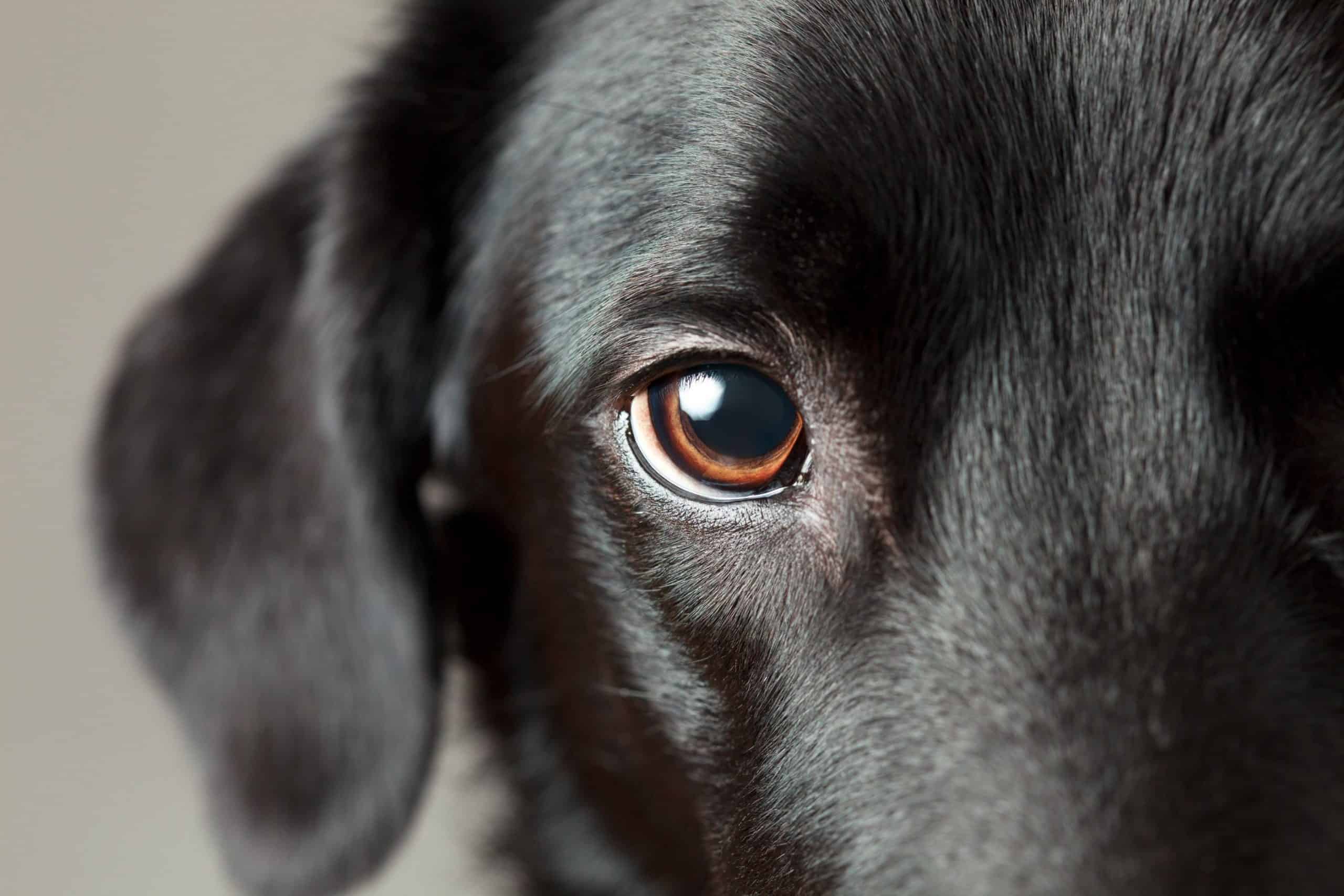Spotting Canine Conjunctivitis

If you are like us, you probably have a few parts of your pet that are your favorites. Soft ears, adorable paws, or fluffy bellies make our list at Animal Medical Hospital & Urgent Care. Like many of you, though, our pet’s sweet eyes are at the top.
When there is something wrong with our canine cutie’s eyes, it’s enough to make anyone worry. While there are many ocular problems that can affect dogs, conjunctivitis is a common diagnosis that most pet owners can spot. Learn what canine conjunctivitis looks like and what you should do if you suspect that your pet’s peepers are affected.
Causes of Canine Conjunctivitis
Conjunctivitis, or the inflammation of the mucous membranes surrounding the eye itself, is a common veterinary occurrence. Canine conjunctivitis is similar to pink eye in people and can have many of the same symptoms.
Canine conjunctivitis can be uncomfortable and even painful. Affected pets may squint, paw at, or rub their face, and often have yellow or green ocular discharge. The tissue around the eye may be swollen and red and the eye itself may appear red and irritated.
Conjunctivitis in dogs can be caused by many things. The most common offenders include:
- Allergies
- Irritation from foreign objects
- Tear film disruptions
- Trauma or injury to the eye
- Viral infections
- Cancer or other ocular abnormalities
- Tear duct blockage
Unlike pink eye in people, canine conjunctivitis is typically not contagious. It does, however, require treatment that often includes things like antibiotic or anti-inflammatory eye drops. The specific treatment depends on the cause of the conjunctivitis, and is typically selected after ruling out other potential causes of eye problems.
What to Do About Eye Problems in Pets
It can be difficult to determine whether an eye problem is simple canine conjunctivitis or something more serious.
If your pet is having symptoms of an eye problem, try to take a look and see if you can identify the issue. If you can see something like a piece of plant material or an eyelash, you can try to gently flush your pet’s eye with an eye flush solution. Do not try to forcefully dislodge anything that does not flush out.
Eye problems that do not resolve relatively quickly require veterinary attention. Some eye issues can be very painful and even be a vet emergency. Call us right away if:
- Your pet is squinting or keeping their eye shut
- There is excess tearing or abnormal discharge from the eye
- There are visible changes to the eye
- The eye seems painful
- There seems to be changes in your pet’s vision
- There is a visible foreign body that does not easily flush out
- Your pet has swelling in or around the eye
- Your pet is pawing at or rubbing one or both eyes
- The eye(s) are matted shut
Many ocular issues such as corneal ulceration, glaucoma, and canine conjunctivitis can appear very similarly. The experience of one of our veterinarians is often required to determine the cause of eye symptoms and the best course of treatment.
Your pet’s eyes are an important (and adorable) part of their bodies. It is important as a pet owner that you recognize changes and deviations from normal. Doing so quickly will help keep your dog’s eyes healthy and minimize discomfort.
